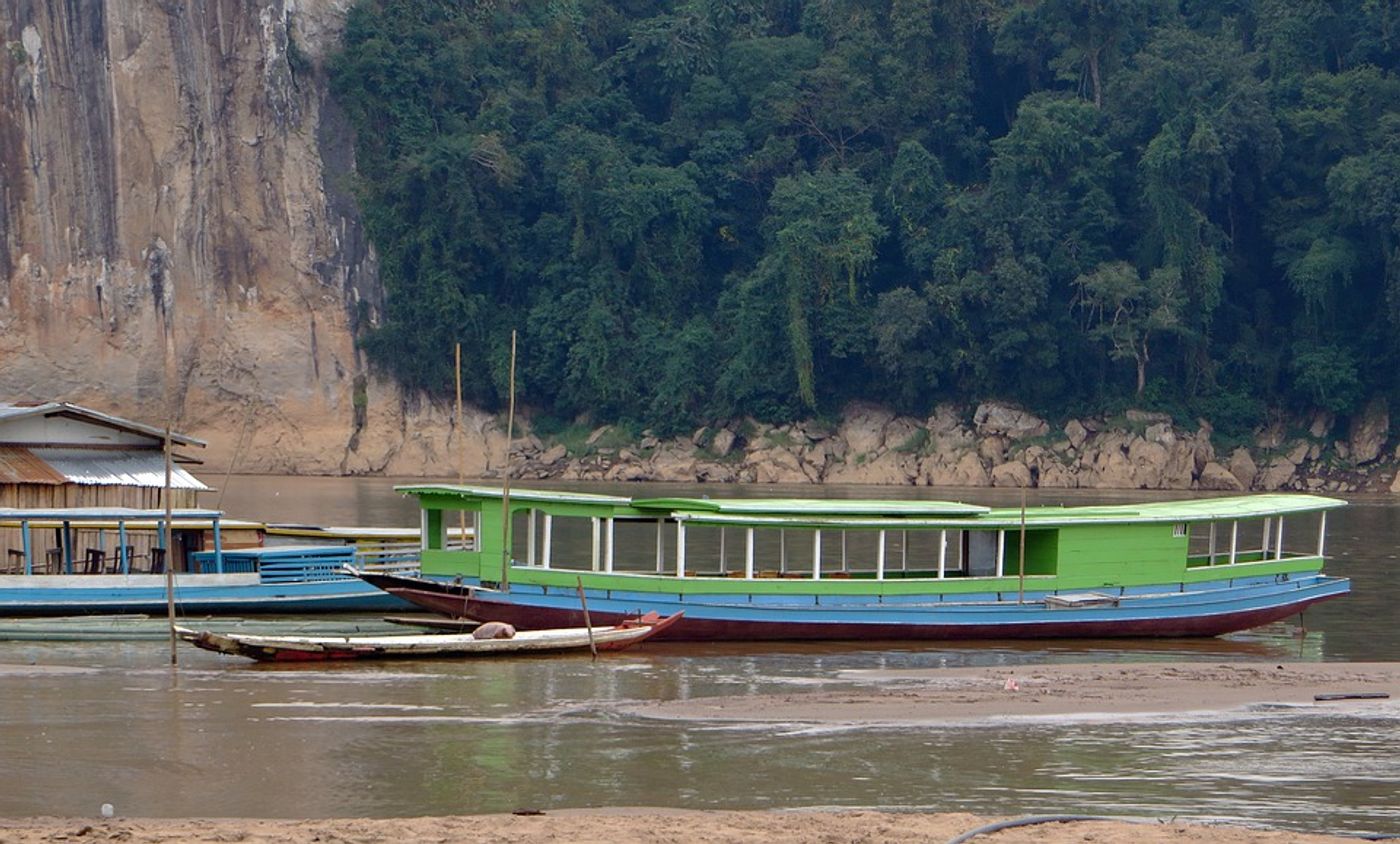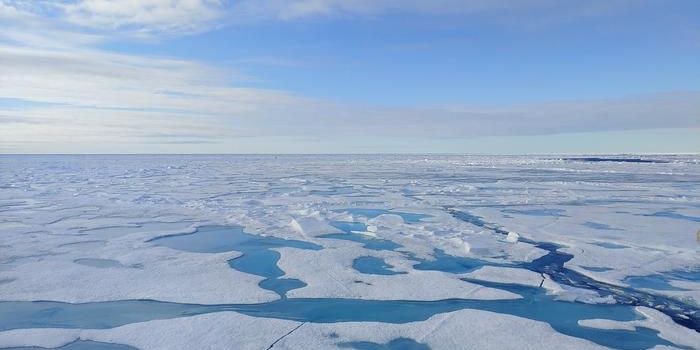Dams in the Mekong lower river temperatures
A study discussing the environmental impacts of hydropower dams on rivers in the Mekong River basin was published recently in Environmental Research Letters. The findings from the study will be presented on February 15 at the American Association for the Advancement of Science annual meeting in Seattle.
According to researchers at the University of Washington, the presence of hydropower dams has resulted in a significant drop in temperature in three rivers in the Mekong River basin. At least one major dam has been built in each river since 2001 and more construction is planned. The Mekong River is the twelfth-longest in the world and seventh-longest in Asia. Many people depend on it for fish and irrigation for rice and other crops.
The researchers’ findings for these three rivers deviates from previous studies on other rivers. "People have modeled how far they could see a cooling effect after a hydropower dam goes in. In the U.S., that cooling tends to be localized around the dam. But what we see in the Mekong is like, 'Wow!'" said senior author Faisal Hossain, a civil and environmental engineering professor at the UW. "Everything has happened very dramatically in the last 20 years. Lots and lots of dams were just suddenly coming on, left and right. And now we can see this cooling effect that is no longer localized but continuing into the river system. We've never seen anything like it, to the best of our knowledge."
The team analyzed 30 years of satellite data to contemplate the effects of the dams on the Sekong, Sesan and Srepok rivers. The data they used came from Landsat satellite images, which looks at infrared radiation from the rivers. "With these data, we're looking at the temperature emissions from the rivers. It's like night vision: Warmer things give off more emissions, colder things give off less," said lead author Matthew Bonnema.
According to Science Daily, they found that “within one year of the opening of a major dam, downstream river temperatures during the dry season dropped by up to 3.6 degrees F (2 degrees C). The cooling persisted where the rivers meet the Mekong River, which showed, at most, a 1.4 F (0.8 C) cooling.”
The fear is that the cooler water will impact the fish that live downstream, explain the researchers. "They're going to keep building these dams," Bonnema said. "If you look at where new dams are planned in the 3S Basin, they're building closer and closer to the Mekong. These are also big dams, which means the impacts on the Mekong will likely be more significant -- these temperature changes are going to get more dramatic. So, the question is how do we work with these dams to minimize their effect? My recommendation is that we slow down and think things through."
Sources: Environmental Research Letters, Science Daily









